Ever looked into your dog’s eyes and wondered what’s going on in that fuzzy little head? You’re not alone. Every dog owner has caught their pup mid-wiggle, tail in a tornado, or zooming like a furry missile around the living room, and thought, “What in the world is she doing?” The truth is, when dogs are happy, they show it in the most adorable, sometimes downright goofy ways. These habits aren’t just quirks—they’re your dog’s love letters, written in paw prints and silly dances. Get ready to smile, maybe even laugh out loud, as we dig into the 18 most delightful habits dogs have when they’re happy—and learn how you can see even more of them every day.
The Joyful Tail Wag
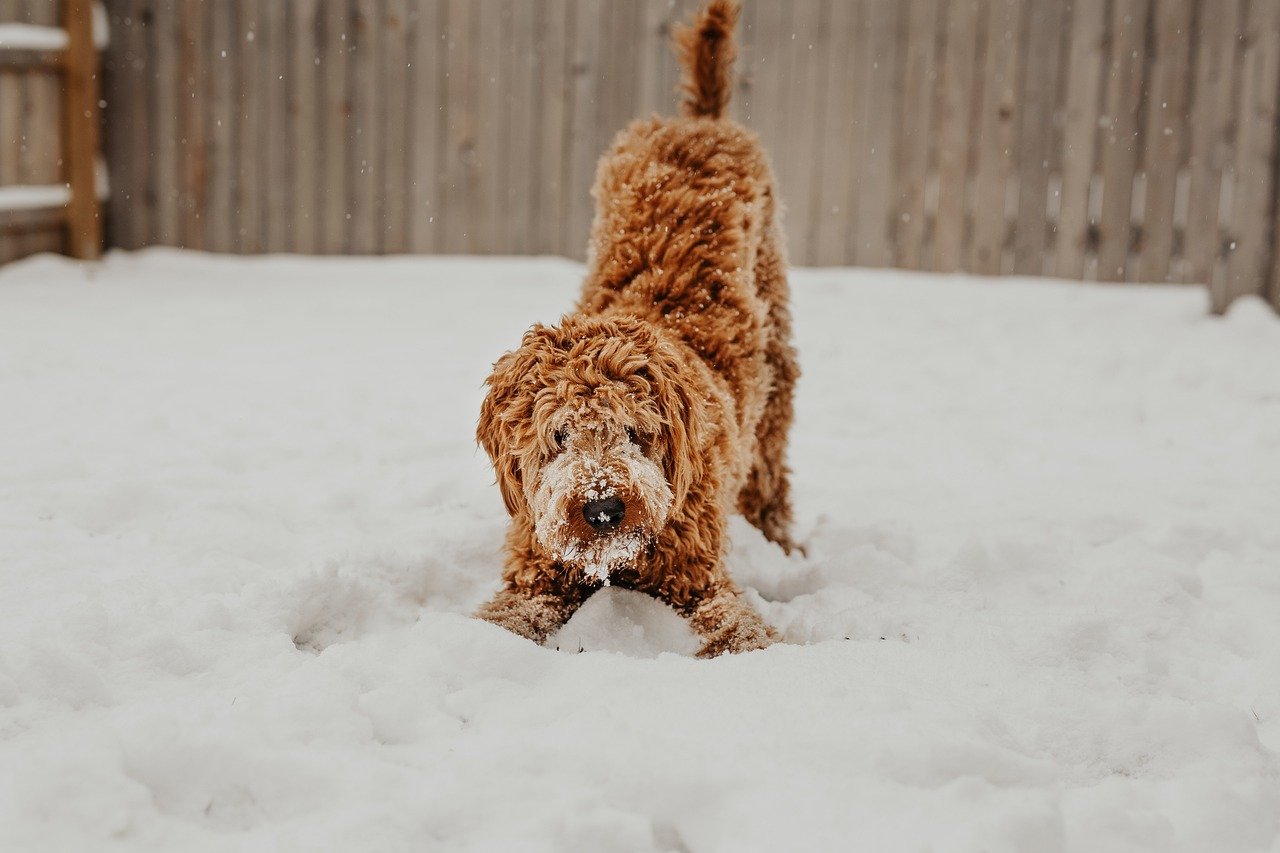
There’s nothing quite like the classic tail wag to signal a happy dog. It’s not just the speed or the rhythm—it’s the whole-body enthusiasm that comes with it. Some dogs wag so hard they practically knock over furniture. This wag is different from a nervous or stiff tail movement; it’s loose, free, and full of energy. You might see the tail doing wide, sweeping arcs or even a helicopter-style spin. The best way to encourage this? Greet your dog with excitement, use a friendly tone, and let them know you’re happy to see them. Dogs are emotional mirrors; your joy becomes their joy, and the tail tells the tale.
The Happy Zoomies
If you’ve ever seen your dog suddenly sprint around the yard or house for no reason, you’ve witnessed the “zoomies.” This burst of wild, zippy energy is a pure sign of happiness and excitement. Dogs of all ages can get the zoomies, but it’s especially common in puppies and young dogs. It usually happens after a bath, during playtime, or when you come home after being away. To encourage safe zoomies, make sure your dog has enough space and isn’t near breakable items. Sometimes, joining in with a little chase can make your dog even happier—just be ready to keep up!
Play Bowing Like a Pro
When your dog drops their front legs, sticks their rear in the air, and gives you that mischievous look, they’re play bowing. This is the ultimate invitation to fun. It’s your dog’s way of saying, “Let’s play!” Play bows are often accompanied by excited barks, wagging tails, and a sparkle in their eyes. Encourage this behavior by responding with playful movements or tossing a favorite toy. The more you play along, the more your dog will feel safe expressing their goofy, joyful side.
The Doggy Grin
Yes, dogs really do smile! When they’re happy, some dogs pull back their lips in a relaxed, open-mouthed grin. Their eyes soften, their tongues might loll out, and they look downright content. This is different from a snarl or anxious panting—it’s all about relaxation and trust. You can encourage the doggy grin by giving gentle ear rubs or belly scratches, speaking softly, and making your home a stress-free environment. Your dog’s smile is a little window into their soul.
Wiggly Full-Body Wiggles
Some dogs don’t just wag their tails—their whole bodies wiggle with happiness. You’ll notice this especially when you come home after a long day. Their hips sway, their back end might even shiver with joy, and sometimes, they can’t keep their feet still. It’s like every muscle is celebrating your presence. To see more of these wiggles, keep greetings positive and avoid scolding your dog when you first arrive. Celebrate the reunion with a little dance of your own!
Leaning In for Love
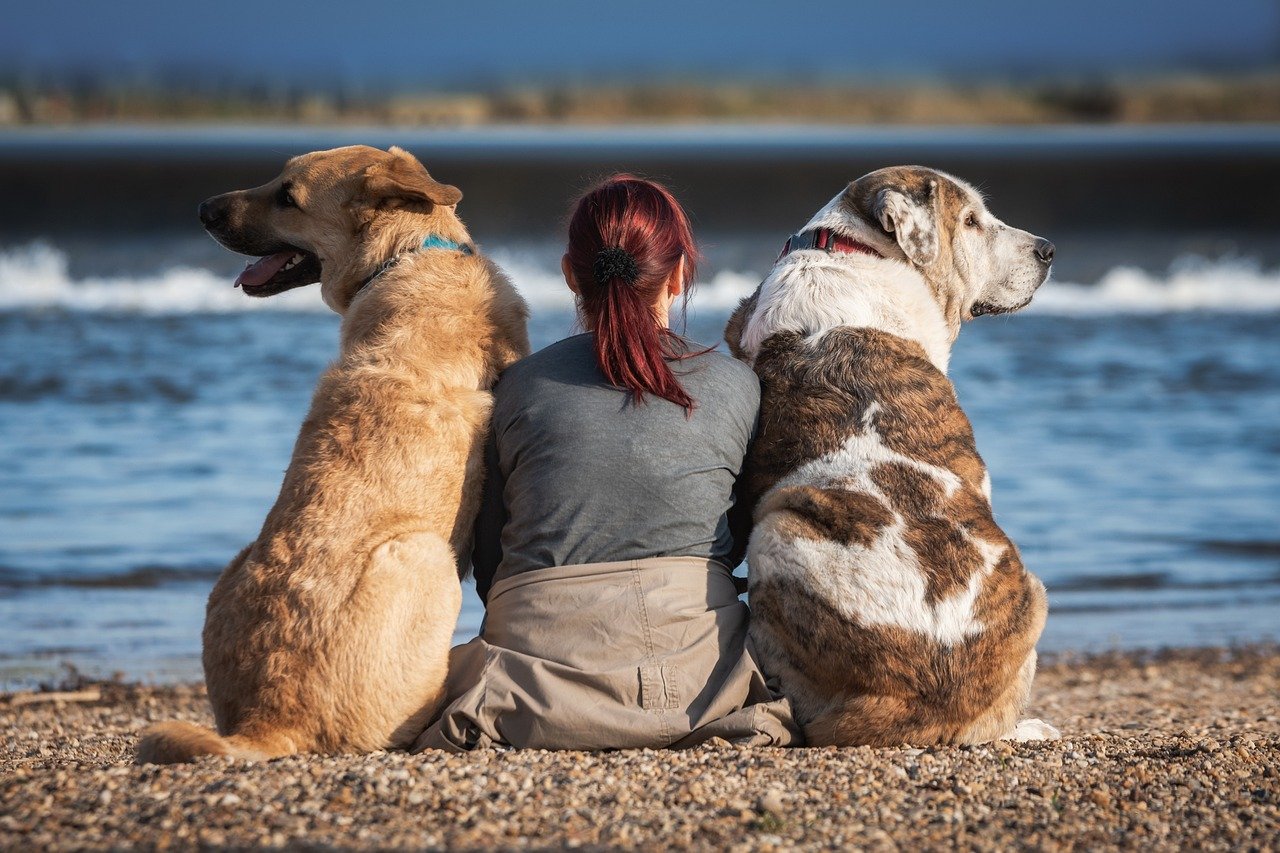
A happy dog often leans their body weight against you, pressing gently into your legs or side. This behavior is a clear sign of trust and affection. Leaning is a dog’s way of getting close and feeling comforted. It can happen while you’re sitting on the couch, standing at the kitchen counter, or just relaxing in the backyard. You can encourage this by inviting your dog to sit with you, offering treats or gentle pets, and rewarding calm, affectionate behavior.
Excited Barking and Chattering
Not all barks are created equal. Happy dogs often have a higher-pitched, playful bark that sounds almost like they’re talking to you. Some will even “chatter” their teeth or make funny little whines when they’re overjoyed. This vocalization is their way of joining in the excitement. To keep the happy chatter going, talk back to your dog in an upbeat tone, praise their excitement, and engage with them when they’re in a playful mood. Just be mindful not to encourage excessive barking if you live in a quiet neighborhood.
Nosing and Nuzzling
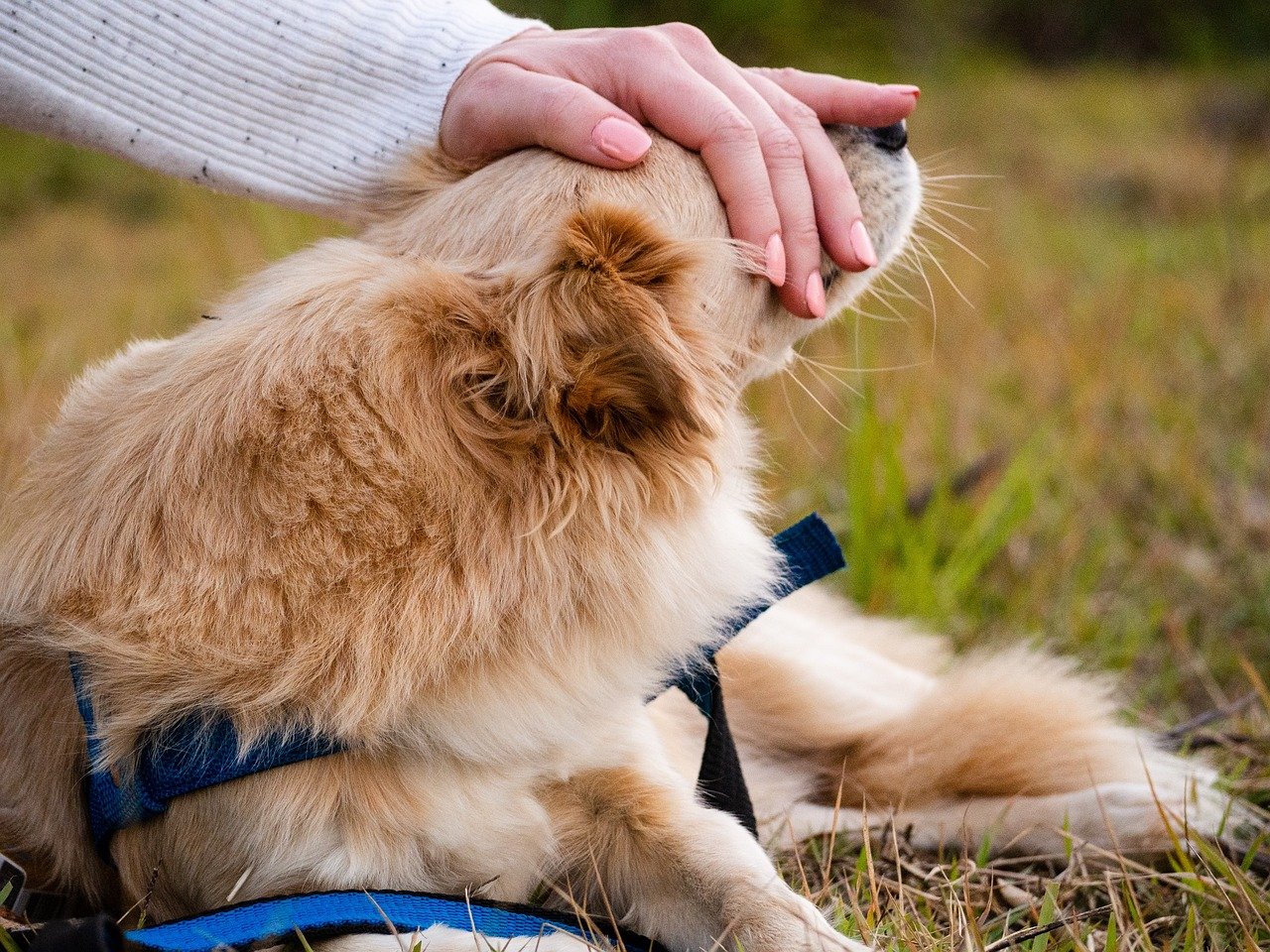
Dogs love to use their noses, and a happy dog will gently nudge you with their snout or nuzzle into your hand. This can be a request for attention, a sign of affection, or just their way of saying hello. You might notice this little nose boop when you’re sitting quietly—suddenly, there’s a wet nose in your palm. Encourage this by responding with gentle pets, soft words, or even a treat now and then. It’s a simple, sweet way to connect.
Rolling Over for Belly Rubs
When a dog flops onto their back and exposes their belly, it’s the ultimate show of trust and happiness. This vulnerable position says, “I feel safe with you.” Many dogs love a good belly rub, and some will even wiggle or kick their legs in delight. Not all dogs like belly rubs, so pay attention to your dog’s body language. If they offer up their belly and look relaxed, go ahead and give them a gentle scratch. You’ll be rewarded with pure joy.
Following You Everywhere
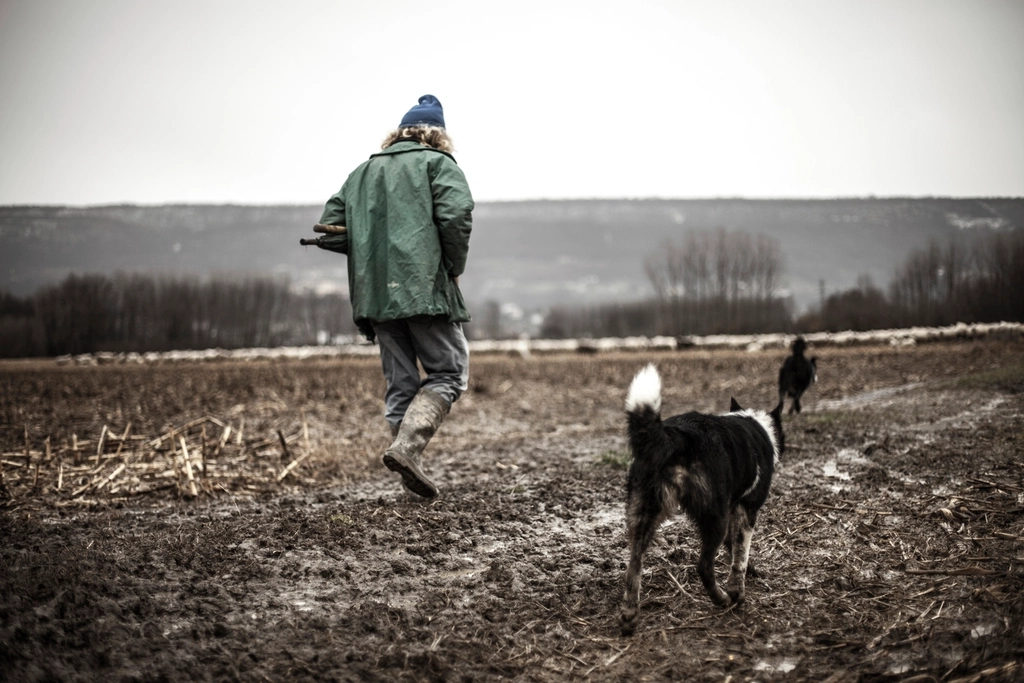
A happy, bonded dog often becomes your shadow. They’ll follow you from room to room, never wanting to miss a moment by your side. This isn’t about separation anxiety; it’s about companionship and the joy of being together. Encourage this closeness by talking to your dog as you move around, inviting them to join you, and including them in daily routines. It’s like having a four-legged best friend who always wants to be part of your world.
Prancing and Dancing
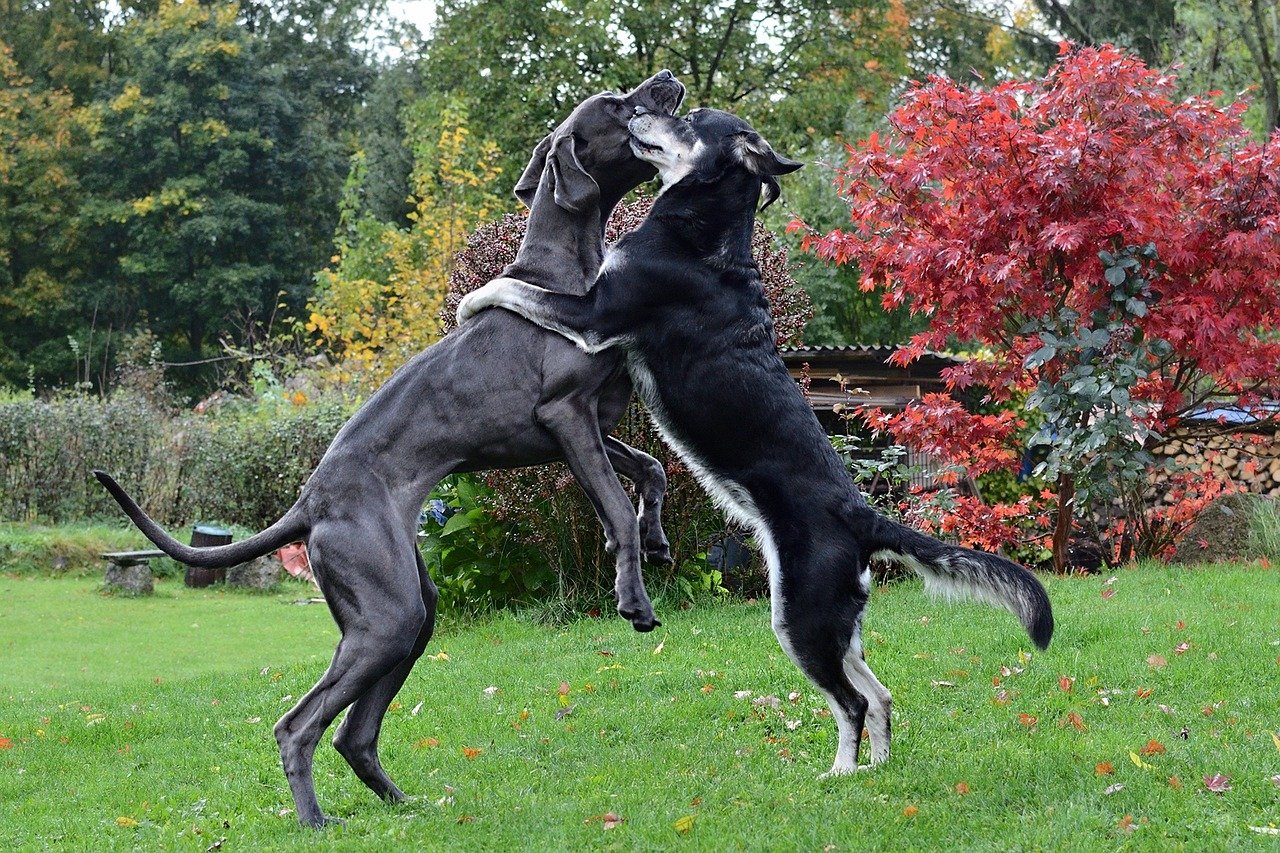
Some dogs get so happy their feet can’t stay still. You might see your dog prance around with a spring in their step, almost like they’re dancing to music only they can hear. This bouncy, joyful movement is a surefire sign of a happy pup. You can encourage more dancing by playing upbeat games, introducing new toys, or even putting on some music and moving together. Their inner dancer just needs a little invitation to come out.
Sighs of Pure Contentment
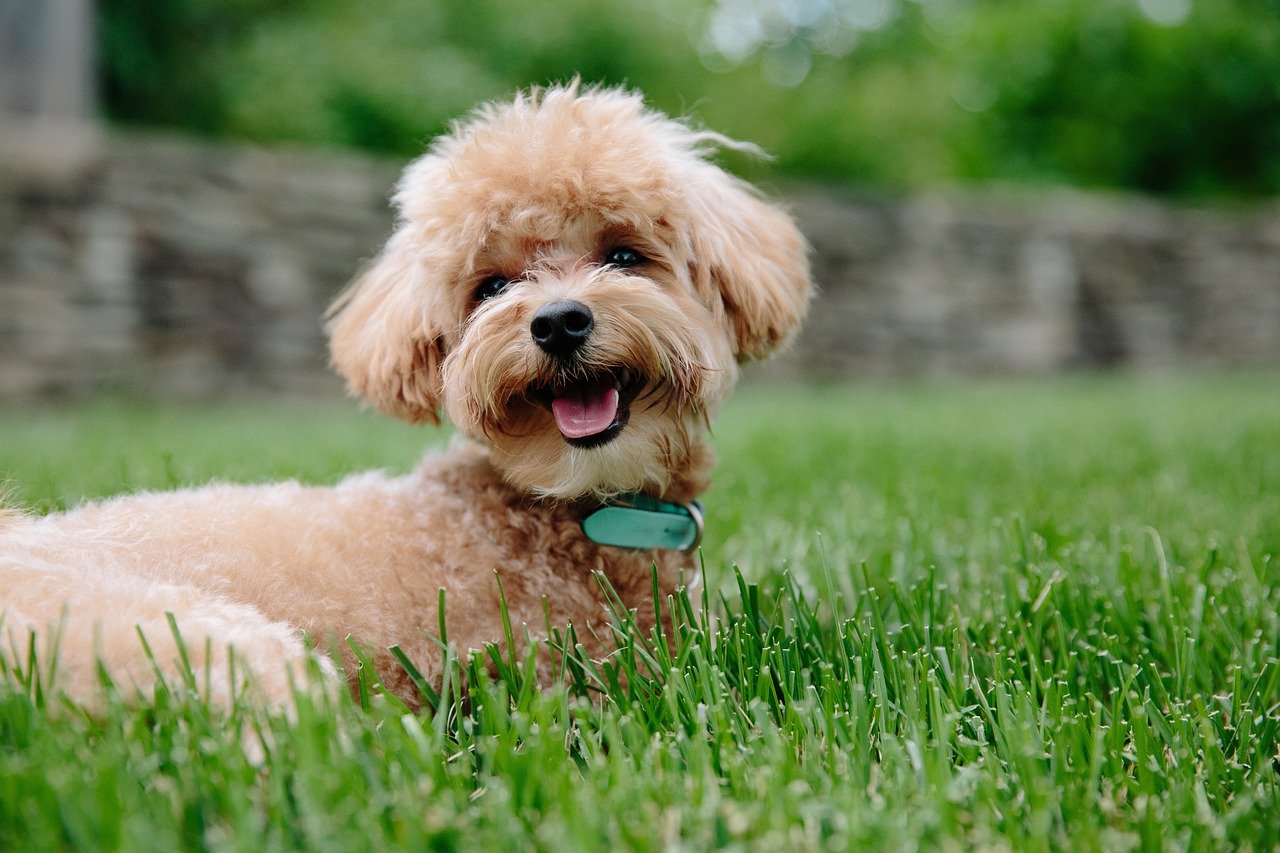
Have you ever heard your dog let out a deep, satisfied sigh as they settle down next to you? It’s the canine version of kicking back after a long day. These contented sighs are a sign that your dog feels safe, relaxed, and happy in your presence. Encourage this kind of relaxation by creating cozy resting spots, keeping a calm atmosphere, and spending quiet time together. Sometimes the happiest moments are the simplest ones.
Happy Head Tilts
That adorable, questioning head tilt is more than just cute—it’s a sign your dog is engaged and happy. Dogs tilt their heads to better hear sounds or to show they’re interested in what you’re saying. When you talk to your dog in a friendly, animated voice, you might see those ears perk up and the head cock to one side. Encourage this by using varied tones, talking directly to your dog, and rewarding their curiosity with treats or affection.
Pawing for Attention
A gentle paw on your knee or arm is your dog’s way of saying, “Hey, don’t forget about me!” Happy dogs will use their paws to initiate play or ask for some love. This can also be a learned way to get your attention if you often respond with pets or treats. Encourage polite pawing by giving positive reinforcement when your dog asks nicely, but make sure to set boundaries if the pawing gets too insistent.
Bringing You Their Favorite Toy
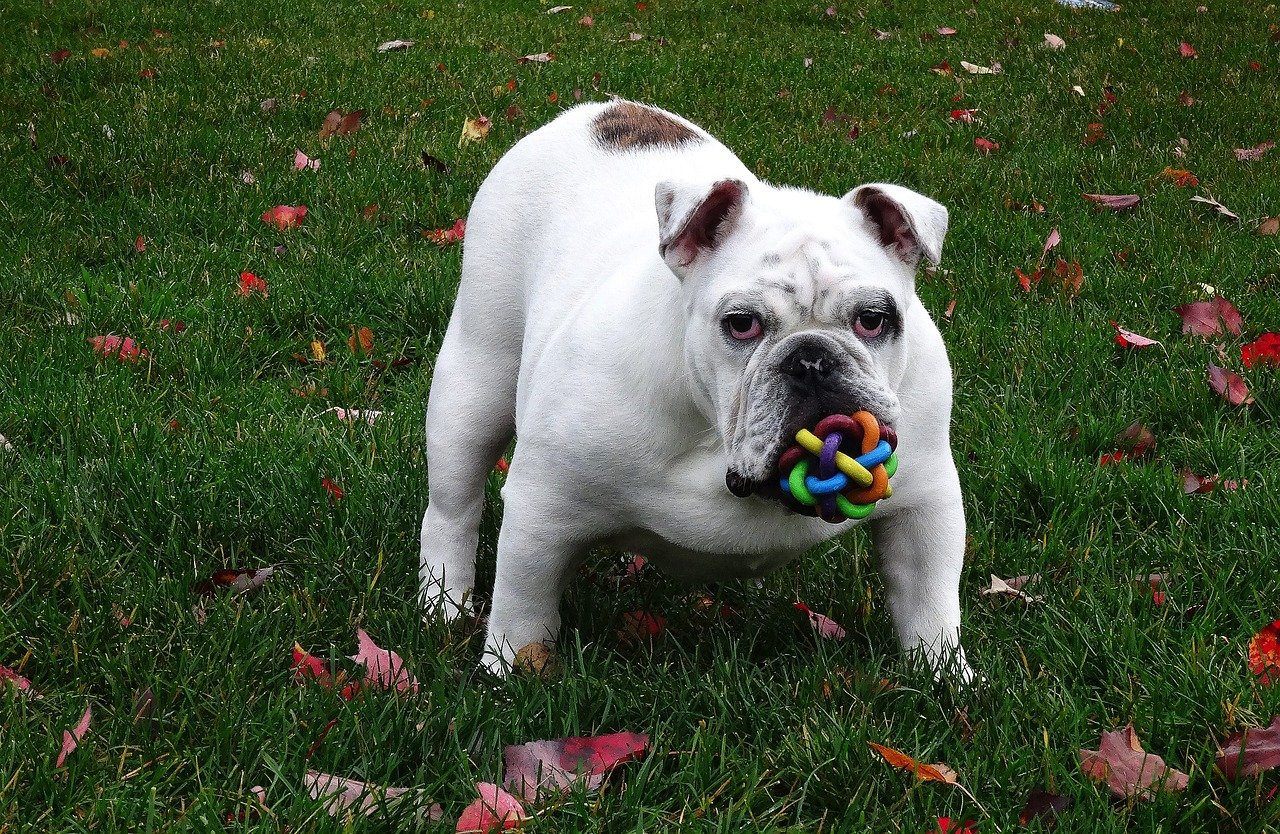
When your dog trots over with their favorite squeaky toy or chew, it’s a huge compliment. They’re sharing what they love most with you, inviting you into their world of play. This offering is a sign of happiness and trust. Encourage this by engaging in games of fetch or tug-of-war, rotating toys to keep things exciting, and always praising your dog for sharing. It’s their way of saying, “Let’s have fun together!”
Licking as a Sign of Affection
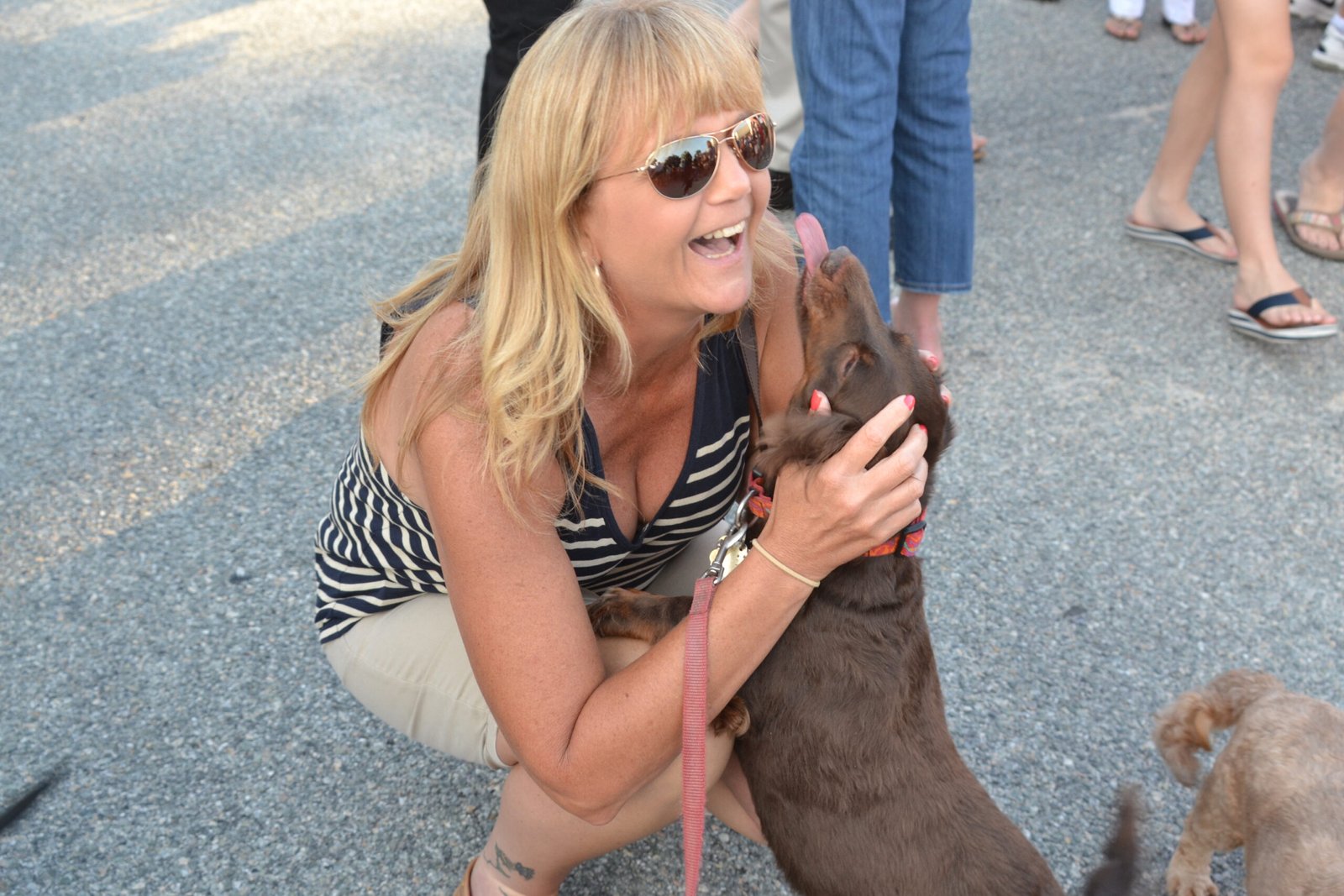
Happy dogs often express their love with a flurry of licks—on your face, hands, or even your feet. While some dogs are more licky than others, this behavior is rooted in affectionate puppyhood habits. Licking can also be a calming mechanism or a way to bond. If you’re comfortable with it, allow your dog a few licks as a greeting. If not, gently redirect their attention to a toy or a treat. Either way, those licks are little kisses of happiness.
Stretching Out Comfortably
A happy dog will stretch out fully, sometimes in the most ridiculous positions, when they feel safe and content. You might see the classic “sploot,” with back legs stretched out behind, or a sprawling belly-up pose. These stretches are not just about loosening up—they’re signs of confidence and relaxation. Encourage your dog’s comfort by providing soft bedding, plenty of personal space, and a routine that makes them feel secure.
Soft, Relaxed Eyes
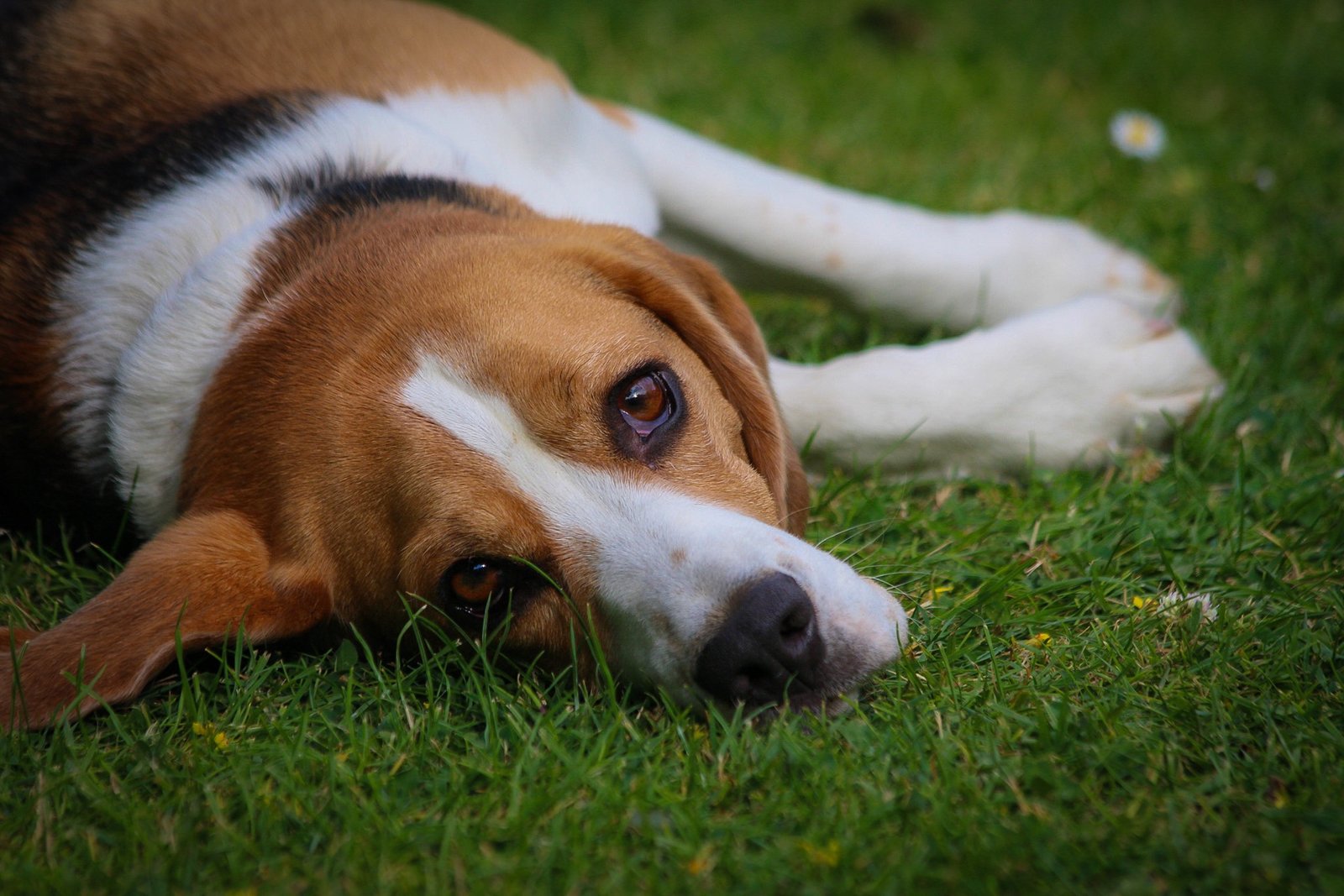
One of the most subtle but powerful signs of happiness in dogs is their eyes. A happy dog will have soft, relaxed eyes—sometimes they’ll even squint a little, almost like they’re smiling with their whole face. You’ll notice a gentle gaze, no hard staring or wide-eyed anxiety. Encourage this by maintaining a calm demeanor, avoiding direct staring (which can feel threatening), and speaking in a reassuring voice.
Understanding your dog’s quirky happy habits is a great way to build a stronger bond and keep their tail wagging. Whether it’s zoomies, playful nudges, or goofy grins, these little behaviors are their way of showing pure joy. By responding with love, consistency, and encouragement, you help them feel secure and seen. So the next time your pup does something adorably weird, celebrate it—it means they’re truly happy in your company.

Esther is from India; the heartbeat of South Asia, holding a Master’s degree in Zoology and a postgraduate diploma in Animal Welfare. Her enthusiasm for animal welfare drives her passion and dedication to working for animals, ensuring their well-being, and advocating for their rights. With a solid academic background and hands-on experience, she is committed to making a positive impact in the field of animal welfare. In her free time, she enjoys embroidery and sewing. As a Chennaite from Tamil Nadu, Esther loves Bharathanatyam, an Indian classical dance form.





